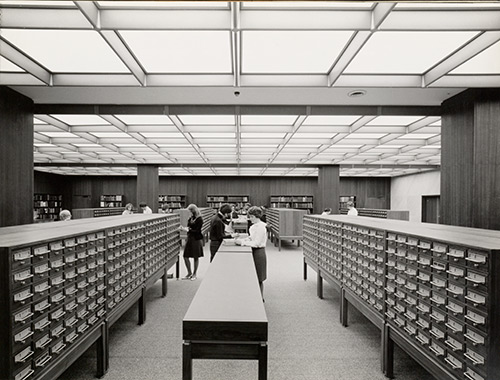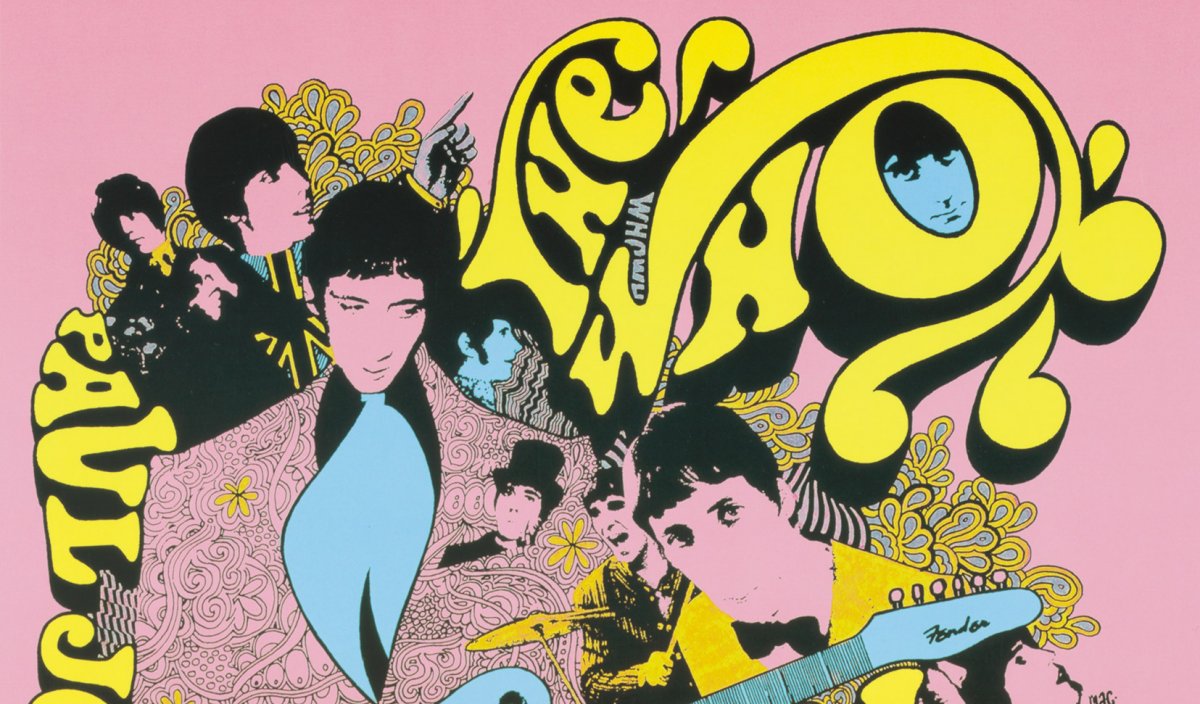The World
Politics, society and culture were in a state of turmoil in 1968. The assassinations of Martin Luther King Jr and Robert Kennedy shocked the world. Students demanding political change protested in cities around the globe. Whether it was the war in Vietnam, student demonstrations or the blistering power of a Jimi Hendrix solo, there was a strong sense that the world was rapidly changing.
Cultural Revolution

This paper-cut poster celebrates the establishment of the Hubei Revolutionary Committee on 7 February 1968. Mao Zedong, the chairman of the Chinese Communist Party, called for revolutionary committees to be established to help preserve the ideological purity of the Chinese Revolution. Millions were persecuted and forced to relocate as a result.
Many Cheers on the Founding of the Revolution Committee of Hubei Province 1968
Asian Collections
nla.cat-vn7327589
Apollo
The Apollo program was established in 1961 with the objective of landing the first humans on the moon. In 1968, the program was approaching its climax with two successful missions to space. Australian cartoonist John Frith could not help but compare the soaring ambition of Apollo with turbulent events across the globe.
John Frith (1906–2000)
Astronauts Leave Earth 1968
Cartoon
John Frith Collection of Cartoons (Pictures)
nla.cat-vn6573275
Candidate for President

Disillusioned with America’s involvement in the Vietnam War, Robert Kennedy announced he would seek the nomination of the Democratic Party on 16 March 1968. After addressing supporters following his victory in the Californian primary, he was gunned down in the kitchen of the Ambassador Hotel in Los Angeles on 5 June 1968.
James Trelease (b.1941)
Election Poster: Bobby Kennedy 1967
John Brogden US Collection
Three-act Tour
Go-Set magazine produced this poster to publicise the tour by the Who, Small Faces and Paul Jones. The tour was mired with controversy over relations with the press and the sound quality at concerts.
Ian McCausland (b.1944)
The Who, Paul Jones, Small Faces 1968
Pictures Collection
nla.obj-138254649
Australia
In 1968 Australia was entering a period of rapid change. Prime Minister Harold Holt disappeared in the surf at Cheviot Beach, Victoria, presumed drowned in December 1967. A new prime minister, John Gorton, was sworn in in January 1968. While new leaders were taking control of Australia's institutions, writers, artists and performers were exploring Australian identity. Australia's involvement in Vietnam was also being questioned.
A Prosperous Country

This supplement from the Sydney Morning Herald shows a resource map of the Australian continent. It is a picture of Australian as a giant quarry which can be mined and farmed to generate wealth.
Charles Thompson (b.1922)
‘Australia and Its Resources’ from
The Sydney Morning Herald 22 July 1968
Maps Collection
©Fairfax Media Ltd
nla.cat-vn6102229
Lionel Rose World Champion

Lionel Rose was the first Indigenous Australian to win a world boxing title and the first to become an Australian of the Year. In February 1968, 19-year-old Rose became world bantamweight champion when he defeated ‘Fighting’ Harada of Japan in Tokyo.
Mervyn Bishop (b.1945)
Lionel Rose, World Champion Bantamweight Boxer before Departing to the United States to Defend His Title, Sydney Airport 1968
Pictures Collection
nla.obj-153508974
The Seekers on Tour

In 1968, the Seekers completed an extensive ‘homecoming tour’ of Australia. On Australia Day, The Seekers were named Australians of the Year (for the previous year). They remain the only group to have received the award.
The Seekers Tour Program 1968
Australian Printed Ephemera Collection
©Playbill Pty Ltd
nla.cat-vn3530982
The PM in Vietnam

Prime Minister Gorton visited Vietnam during a tour of Asia in 1968. In the Second World War he served in the Royal Australian Air Force and was comfortable when visiting serving personnel.
Australian News and Information Bureau
Prime Minister John Gorton Visiting Australian Troops in Vietnam 1968
Photograph
From the collection of the National Archives of Australia: A1200, L73420
The Library
Australia's growing confidence was reflected in the opening of the new National Library of Australia on 15 August 1968. Designed to be one of the world's great libraries, the building would enable staff and collections to be held in one place, enhancing services to readers. Its creation marked a coming of age for Canberra.
The Library after Dark

This photograph of the National Library by esteemed photographer Max Dupain shows it to be a thing of beauty, glowing against the night sky. While it had a practical design, it was also designed to be a prestigious building, befitting Australia’s place on the world stage.
Max Dupain (1911–1992)
National Library of Australia at Night from beneath Commonwealth Avenue Bridge near Regatta Point, Canberra, 1968
Photograph
Pictures Collection
nla.obj-144064689
Capturing the Library

In 1968 Max Dupain completed a series of photographs of the new National Library. Interior shots such as this give a sense of what the Library and its services were like. Included here are card catalogues, which have been overtaken by online catalogues.
Max Dupain (1911–1992)
Card Catalogue at National Library of Australia 1968
Photograph
Pictures Collection
nla.obj-144066439
Building Materials

This working drawing depicts the façade of the Library facing King Edward Terrace. It shows the different materials used in the building project, which are indicated by different colours.
Some materials were changed after this drawing was created, such as the sandstone originally intended for the podium; basalt was used instead.
Bunning and Madden
Elevation to King Edward Terrace 1963
Heritage Building Plans Collection
Fred Ward in the Library

Furniture designer Fred Ward’s selection of native timbers was a defining aspect of his Library furniture that contributed an Australian atmosphere to the building. He furnished different spaces with different timbers. His furniture combined functionality with prestige to fit the needs of the building—practical and aspirational.
Fred Ward (1900–1990)
Card Catalogue for the National Library of Australia c.1965–1967
Heritage Furniture Collection
